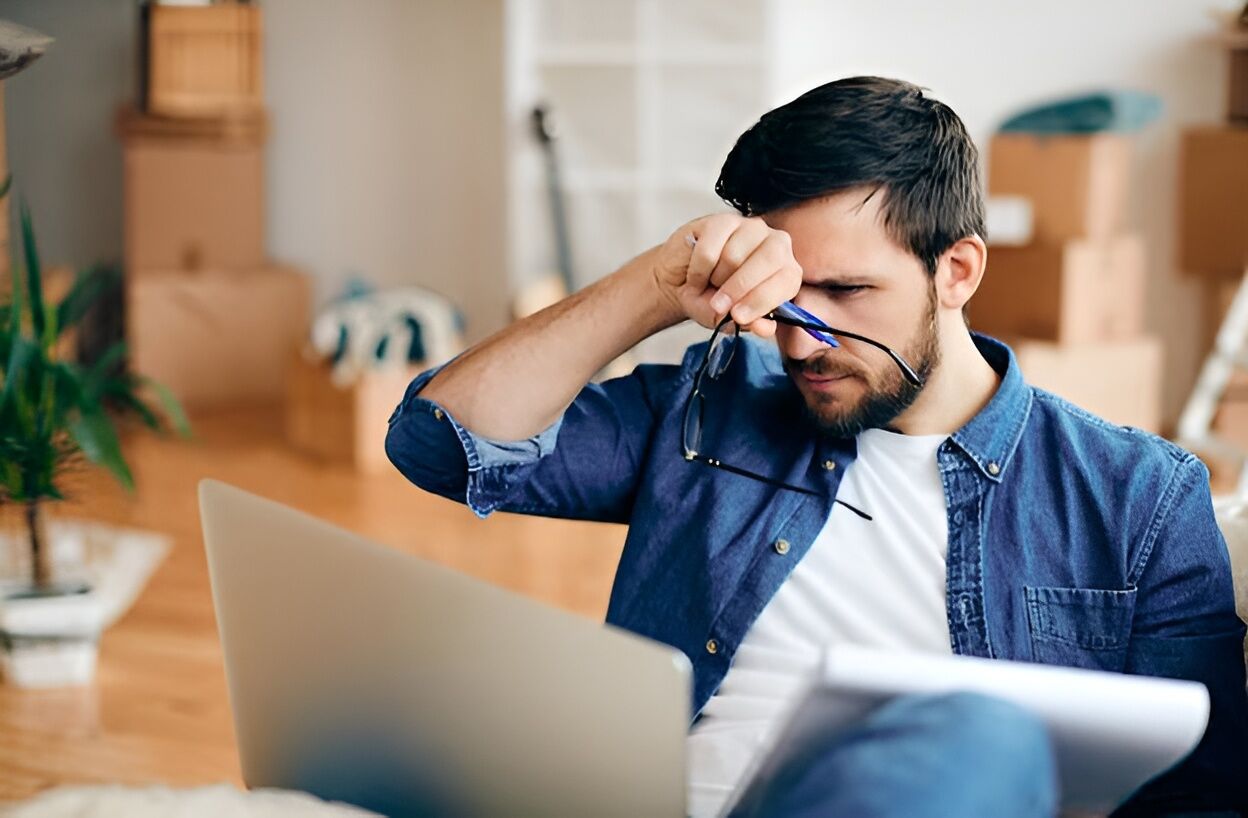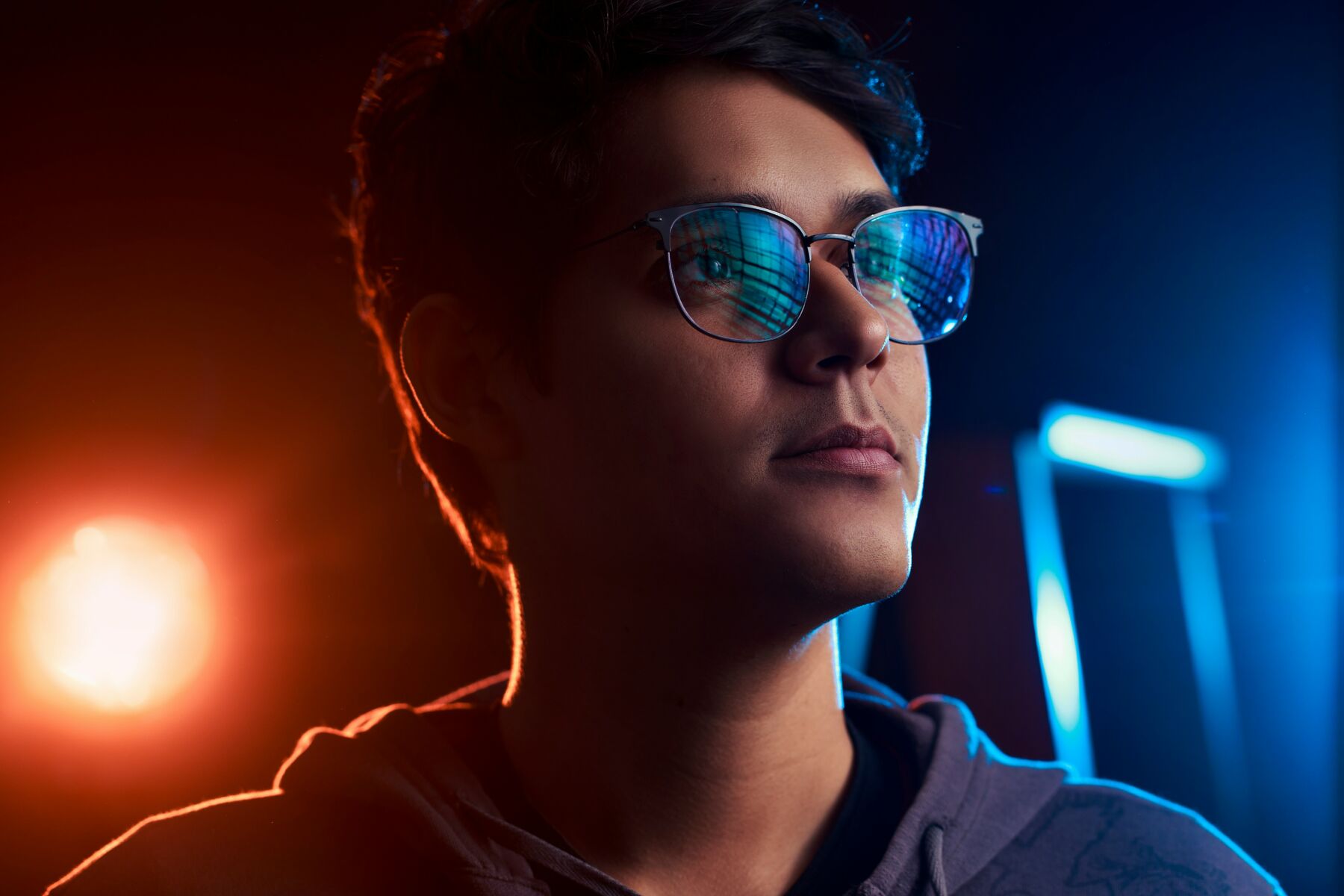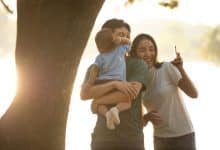Tips for preventing screen vision issues due to blue light

In today’s digital age, many people spend hours staring at screens and being splashed by blue light whether for work, entertainment, or social interaction. This prolonged screen time can lead to Screen Vision Issues. Understanding and addressing this issue is crucial for maintaining eye health and overall well-being.
What are Screen Vision Issues?
Screen Vision Issues refer to a variety of symptoms that arise from the extended use of digital devices like computers, tablets, and smartphones. These symptoms can be divided into two main categories: ocular (eye-related) and non-ocular.
- Ocular symptoms: These include dry eyes, itching, watering, blurred vision, and increased light sensitivity.
- Non-ocular symptoms: These often manifest as headaches, neck pain, shoulder pain, or back pain.
While poor posture and improper monitor placement can cause non-ocular symptoms, ocular symptoms are often linked to the artificial light emitted by digital screens.

Most digital devices use LED technology, which produces light in the blue portion of the spectrum. This blue light has a high-energy profile, which can lead to eye strain and long-term damage if exposure is excessive. Research indicates that over-exposure to blue light can cause oxidative stress, mitochondrial damage, and DNA damage in the eyes.
Should you worry about Blue Light?
Concerns about blue light’s impact on health have grown, especially as screen time has increased during the COVID-19 pandemic. Blue light is close to UV rays on the light spectrum and has been linked to potential eye damage, sleep disruption, and broader health issues.
Solutions to block it out
Blue light-blocking solutions have been developed to mitigate these effects. These solutions include:
- Screen filters and coatings: These are applied directly to the screens of digital devices to reduce blue light exposure.
- Blue light-blocking glasses: These glasses filter out blue light and have become popular among those who spend a lot of time in front of screens. Some studies suggest that blue light-blocking glasses can reduce eye fatigue.
Practical tips to reduce Screen Vision Issues
Even without specialised filters or glasses, there are several practical steps you can take to reduce the risk of Screen Vision Issues:

- Limit screen time: Try to reduce your daily screen time to less than four hours if possible.
- The 20-20-20 rule: Every 20 minutes, take a 20-second break and look at something 20 feet away. This can help reduce eye strain.
- Proper screen setup: Position your screen about 20 inches away from your eyes and slightly below eye level. This can help reduce both ocular and non-ocular symptoms.
Additional tips for protecting your eyes
Here are some additional tips to protect your eyes from excessive blue light:
- Adjust display settings: Many devices have features like Night Shift or Night Mode that reduce blue light emission by shifting the screen’s colour temperature to warmer tones.
- Regular eye exams: Regular visits to an eye care professional can help monitor and address any issues related to blue light exposure.
As our reliance on digital devices grows, the prevalence of Screen Vision Issues is likely to increase. Some estimates suggest that more than 50% of people experience these symptoms. Future research will likely focus on better understanding and treating these issues, including high-quality studies on the long-term effects of blue light.
While over-exposure is known to potentially damage the eyes, its exact role in causing Screen Vision Issues remains uncertain. Regardless, implementing strategies like those discussed above can help protect your eyes. Limiting screen time, using the 20-20-20 rule, setting up your screen properly, and considering blocking solutions are practical steps you can take. Stay proactive about your eye health and keep informed about new research in this area.
References:
Light-emitting diodes (LED) for domestic lighting: any risks for the eye?
Digital Eye Strain- A Comprehensive Review
Digital eye strain: prevalence, measurement and amelioration
Mechanisms of blue light-induced eye hazard and protective measures: a review
Short-Wavelength Light-Blocking Eyeglasses Attenuate Symptoms of Eye Fatigue
Latest Thailand News
Follow The Thaiger on Google News:


























